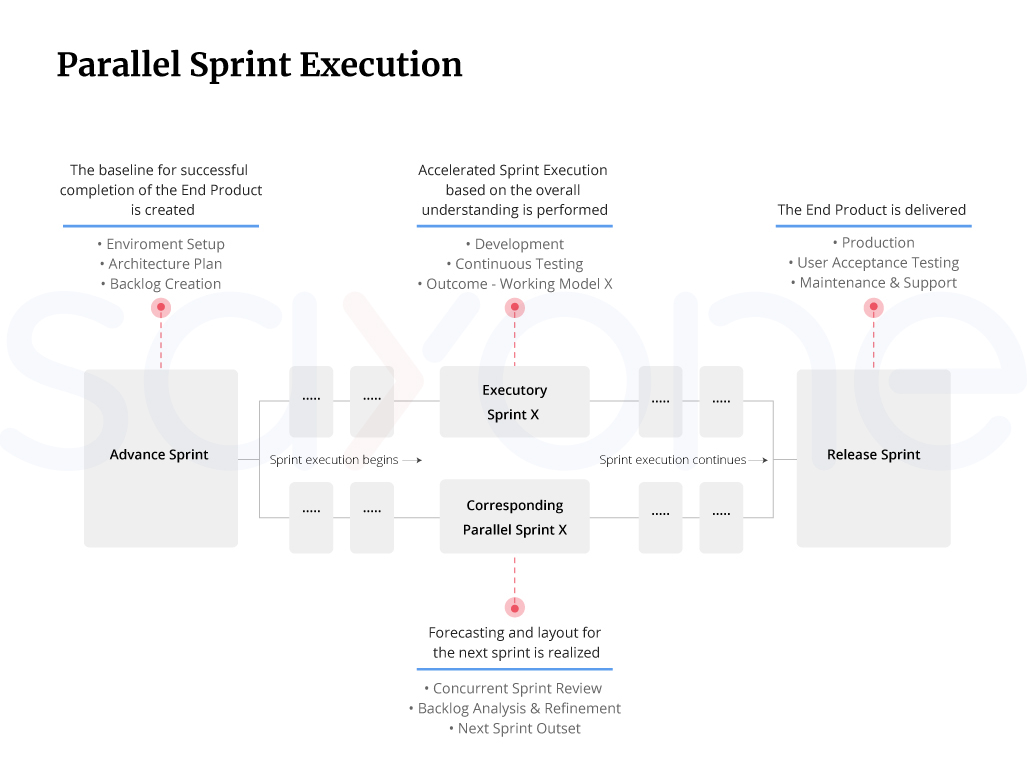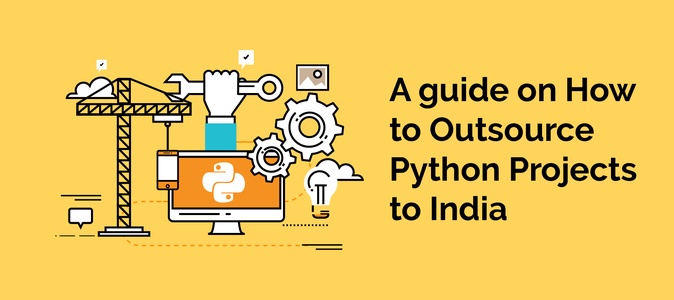6 Steps To Make Project Onboarding Easier

Share This Article
A guide on how to outsource python projects to India
Table of Contents
Subscribe to Our Blog
We're committed to your privacy. SayOne uses the information you provide to us to contact you about our relevant content, products, and services. check out our privacy policy.
Your sales team has successfully closed the deal. Now, it’s time to convert this successful deal into a happy customer experience. And this is where project onboarding begins.
Project onboarding is the process of laying out the strategy to deliver the project within the stipulated time period. This type of a mechanism integrates all the critical elements involved in the project delivery and provides a clear path to accomplish the goals.
In this blog, you can find the key steps to make your project onboarding much easier and organized. Prior to diving into the details, let us acknowledge ourselves with some of the known yet forgotten advantages of having a proper project onboarding process.

Why you need a Project Onboarding Process?
- To create a common understanding among the team members, clients, and stakeholders involved in the project.
- To get the project started on the right note.
- To create a checklist for client onboarding process.
- To eradicate the pain points and simplify project execution.
- To streamline the project milestones and deliverables.
- To improve customer retention rates.
So, what makes an effective project onboarding process?
As an Information Technology Services Company, SayOne has delivered over 300 projects to clients all over the globe including the US, UK, Continental Europe, Middle East, and India. For us, it has always been the flawlessly laid out client and project onboarding processes that helped us to deliver projects in the time-constraint environments as well.
Today, we have incredible reviews on popular IT Analyst platforms such as Clutch and GoodFirms where customers have tremendously praised our client and project onboarding processes.
In this blog, let’s see what constitutes our project onboarding process.
Creating a Project Onboarding Plan

-
Software Requirement Specification (SRS)
Software Requirement Specification (SRS) document is the primary and important step in project onboarding. This type of a document is prepared with the intent to get everyone on the same page after the requirements engineering.
SRS defines both functional and non-functional specifications needed for the proposed software. Basically, it is an agreement between the sales team, project development team, and the clients about how the proposed software would be functioning from a user’s perspective.
Towards the end of the SRS documentation process, we present the client with the SRS document including use case diagrams, flow diagrams, and wireframes which describe the behavior of the software. It acts as the baseline document for the developers and helps in minimizing rework and redesigns.
-
Business and Technical Reviews
Once the SRS document is provided to the client, it is time for the final round of review.
The client reviews the presented SRS to see if the proposed software is in line with their requirements. The business dependencies are analyzed further to see the compatibility of the software for a user.
At times, we have encountered situations when there might be changes or additions required in the proposed system from the client’s end. Any modifications in the software specification are consulted with the Technical Lead first to analyze it’s feasibility and then, added to the specification document accordingly.
Read our blog: Top 5 Factors contributing to the Success of a Web Application
A final agreement between both the parties kicks off the project and it moves to the next level in the project onboarding process.
-
Project Handover & Roadmap Creation
In this stage, the project is handed over to the designated Project Manager (PM). From then on, both the PM and the Business Analyst collaborate together to form a communication channel between the client and the project development team.
The designated PM further outlines the project roadmap to be followed for successful project delivery and the detailed team structure. The project roadmap is a high-level yet simplified form of project execution model used for meeting the stakeholder expectations and establishing collaboration among the project development teams.
The project roadmap includes:
- Project goals and objectives
- Timeline and schedule
- Milestones and deliverables
- Risk factors
- Dependencies
The PM further plans the software development model that will be used to deliver the end result. There are different software development models put into practice today such as Waterfall, Agile, V-model and so on. At SayOne, we have always been keen on following the best Agile practices for faster project delivery and client benefit.
-
Sprint Plan, Timeline & Deliverables
SayOne Agile model is based on a lightweight ‘Scrum’ framework. In such a software development model, there is a collective ownership between the project delivery teams and stakeholders. This type of software development model guarantees rapid turnaround times from concept to solution delivery.

The sprint plan includes an estimated time for project completion, deliverables towards the end of each sprint, the workflow model and other intricate details. Basically, our sprint model is about 1-2 weeks of duration. We explicitly inform the clients and stakeholders about the deliverables that will be presented to the client after each sprint.
-
System Architecture
This is a parallel process that occurs along with the sprint plan creation. As the PM starts with the project roadmap and sprint plan creation, the System Architect is vested with the responsibility to create the detailed architecture of the system.
Read our blog : Why we chose Flutter for Mobile App Development?
The System Architecture should include the intricate details regarding configuration, security, validation, software interface, database, and future enhancements.
-
Sprint Execution
An Agile model of software development requires continuous iteration and feedback cycles. It is a common scenario where changing requirements lead to misconceptions and cause chaos among the teams.
For this reason, we follow a Parallel Sprint Execution model that has a continuous analysis process.

In such a model, the Advance Sprint paves the baseline for project completion and comprises all the documentation and planning processes. Unlike other sprints, the Advance Sprint does not provide any working model towards the end. Rather, it sets up the system outline to be executed in the following sprints.
Looking for web or mobile app development services? Get in touch for a free consultation! from our Experts.
As the executory sprint begins, a corresponding parallel sprint also gets started during which the client is communicated for any requirement modifications. As we progress to the next step, it is always preferred to analyze if the iterations in the previous sprint can impact the succeeding sprint.
During each sprint, the software development life cycle begins with analysis, design, development, testing, and production. The client will be receiving a working model as agreed in the sprint plan towards the end of each sprint.
Conclusion
What works for one may not work for the other.
However, a properly architected project onboarding process can mitigate risks and enhance efficiency. In this context, we have experienced that software development models such as Agile Scrum is a major performance booster. Both our internal and external projects follow Agile best practices and the results have been exceptionally good.
Interested to know further about our software development methodologies and projects? Speak to our experts today!
Share This Article
Subscribe to Our Blog
We're committed to your privacy. SayOne uses the information you provide to us to contact you about our relevant content, products, and services. check out our privacy policy.

